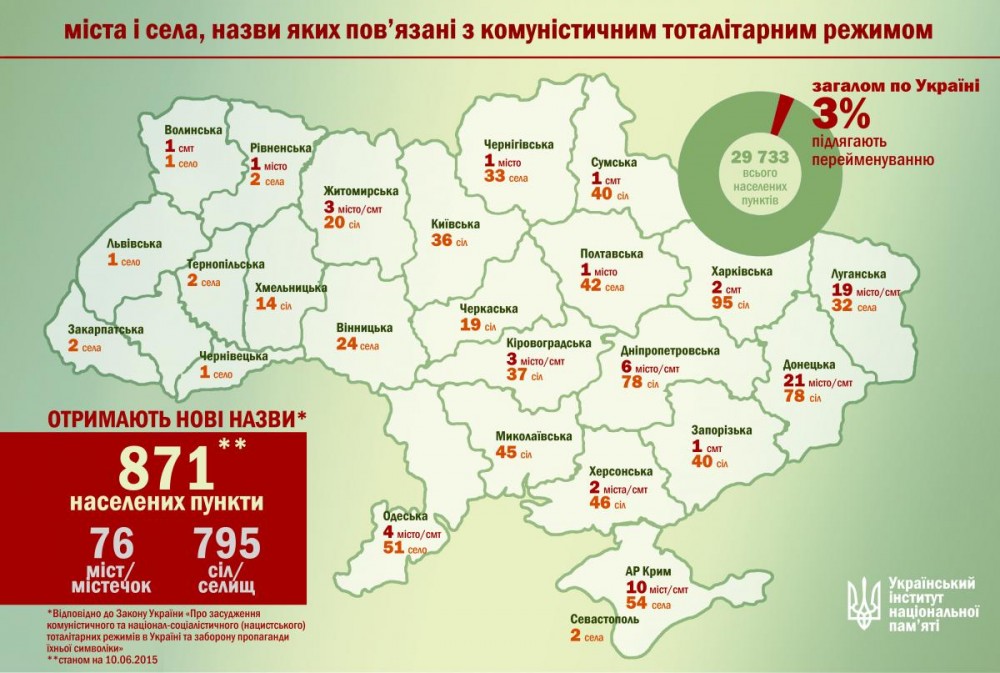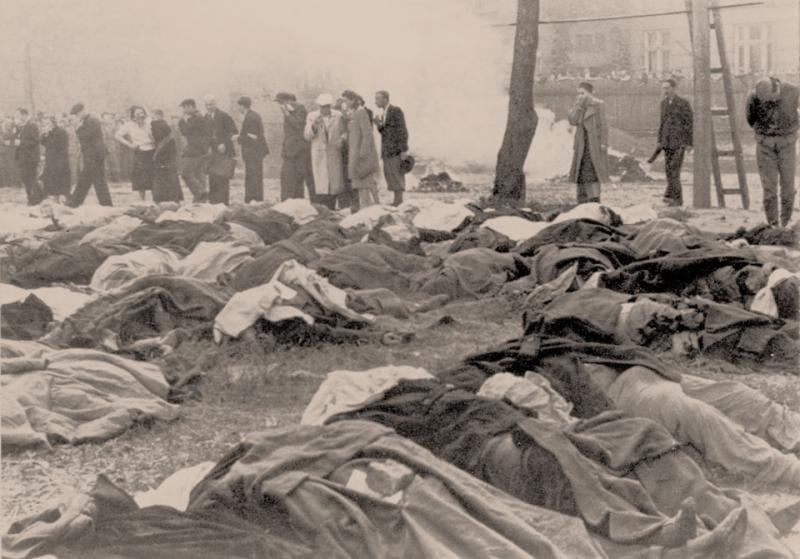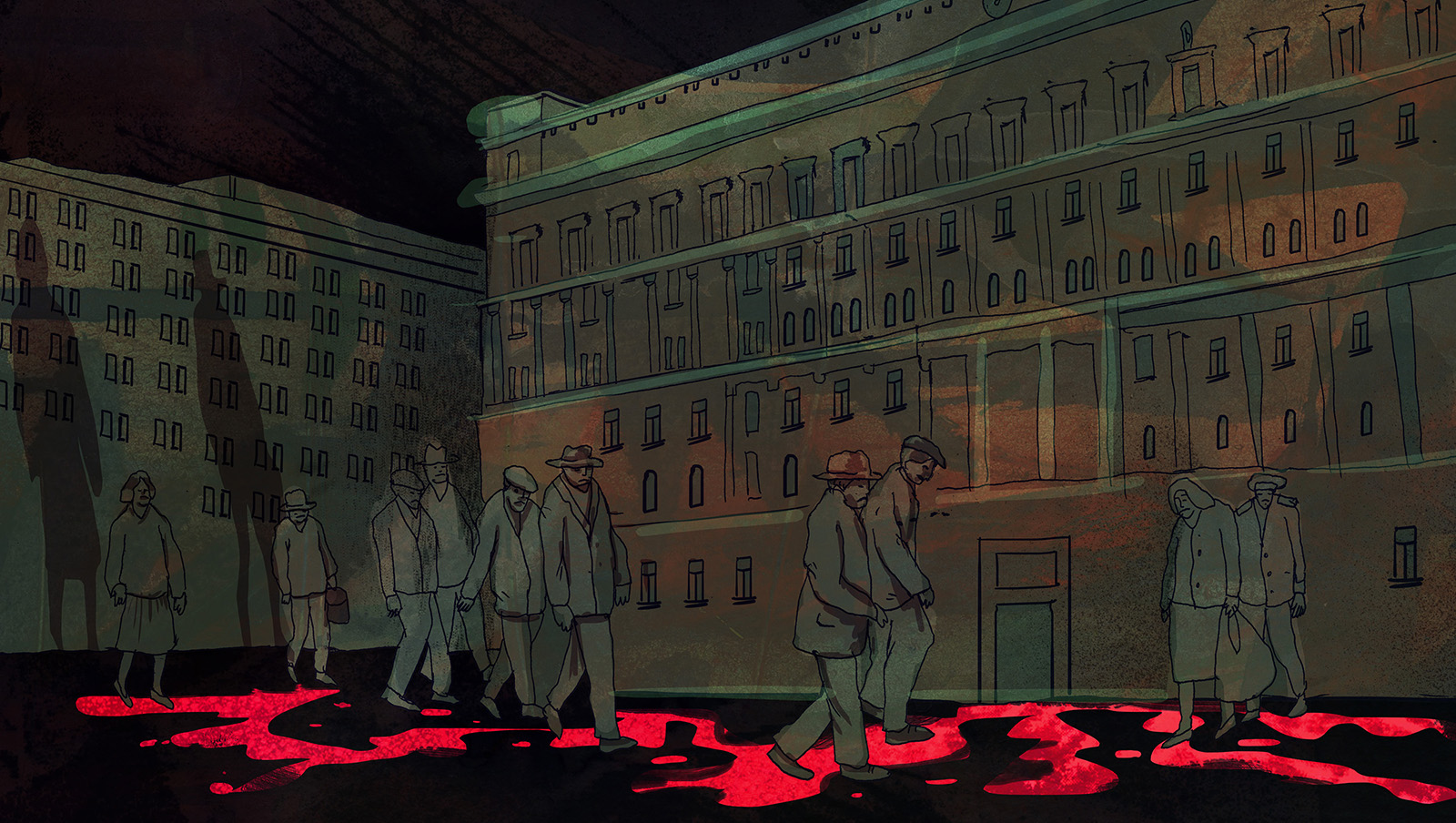Imagine your brother decides to marry and needs more space in the flat your deceased mother left behind, in order to be able establish a family. He manages to find a psychiatrist to declare you legally incapable and delivers you to a social care home. It is “for a while,” he promises, but he never comes back to pick you up. Or you are a young woman with epilepsy, and a psychiatrist decides you need to be hospitalized in a social care home. Once you are in you don’t come out, even though you are fully competent and able to live independently. Or you are an orphaned girl and straight from the orphanage you wind up in a social care home. Your only way out is to find a boy willing to marry you, yet the institution limits your access to Internet and ability to meet boys “to protect you.”
These are not fake stories. For a large number of people in Ukraine, this is real life, anno 2016. They are locked up in social care homes all across the country.
The lucky ones have public transport passing by once or twice a day, some are completely isolated from the outside world.
With an international team of experts, I recently visited a number of them. Our goal was to get a better understanding of daily life in these institutions and to make recommendations to the Ukrainian government how to reform the system. We did this under auspices of the Office of the Ombudsman for Human Rights of the Verkhovna Rada, together with two representatives, which gave us unlimited access. We could talk to staff and patients, we could enter any building we liked, and above all our visit was unannounced. In other words: we were suddenly on their doorstep and saw life as it really is.
We saw a very raw life. It is hard to describe the emotions after a week of confrontations with a fundamentally inhumane system that should have been discarded long ago. It is not that staff was unkind or abusing patients, to the contrary. In most institutions, we saw staff that really cared about their patients, tried to bring some humanity in an inhumane environment, worked hard to meet the basic needs of their clients. Yet they were just as institutionalized as the patients themselves. They were no longer able to see that what was created was not life but rather a non-life, and for some of the clients actually an antechamber to hell.What was created was not life but rather a non-life, and for some of the clients actually an antechamber to hell.
Most of the directors were competent managers, undoubtedly. Some of them were, however, without any medical background and running the place just like they would have managed an agricultural plant. Patients like objects, as trees and plants to a garden center’s manager. One even created a sort of prison within his institution, for those residents who had tried to escape or had been “indecent” towards the female nurses. In my view, their attempt to flee this institution was a sign of sanity rather than a reason to be locked up in this special “dungeon”. One patient who had been in this prison compound for three years complained: “I am a free person, not a prisoner, why should I be locked up here?!” However, together with 27 other men he remained locked up, without any prospect of being let out into the larger compound.
Of all the directors we met, only one became really emotional when talking about the fate of her residents, clearly moved by the knowledge that many of them should not be in her institution at all.
I wonder whether they would feel the same if one of their own relatives would be hospitalized in their institution.
Twenty-five years after the collapse of the Soviet Union the legacy of Soviet psychiatry lives on, virtually untouched. In Soviet psychiatric practice people with a chronic illness were to be separated from society, for years, decades and sometimes for the rest of their lives. And also in this case, it is in fact Soviet psychiatry that lives on, as it were psychiatrists who decided that these people are unfit to live in society and should be hospitalized; it was they who made the diagnosis. We saw so many cases in which the diagnosis should be seriously questioned, or the absence of any need for hospitalization was self-evident, that in our view all cases should be reviewed and re-assessed, preferably by psychiatrists who were educated in independent Ukraine and who have shed the standard Soviet diagnoses of schizophrenia of whatever form, or “oligophrenia” with which people have been rubberstamped.
The current system of social care homes in Ukraine is truly a shame, and the fact that this continues in 2016 is nothing less than a scandal. The human rights of tens of thousands of Ukrainian citizens are violated on a daily basis, and the country doesn’t know and doesn’t see, because they are stashed away, ostracized and turned into a vegetative state of seeing days pass by filled with emptiness.
We are upset and angry, and determined to fight. We have to fight because we have been touched by the lives of those who we met. We saw their eyes and desperation, and understand that unless we do something there is no hope. My advise to Prime Minister Groysman would be to do as we did: take a car together with the amazingly dedicated staff members of the Ombudsman’s Office, and wind up at the front door, unannounced and unexpected. He should see with his own eyes and smell with his own nose what is happening in his country. Yes, Ukraine belongs to Europe, but these people also belong to the very same European family. It is time a Ukrainian government finally takes responsibility for this horrible Soviet legacy.
P.S.: Back in Lithuania not only I continue to smell the social care homes in Ukraine, so do the people around me. The stale smell of unwashed bodies and clothes has permeated mine. Although in total we might have spent not more than a dozen hours inside, the stench has stuck to my coat, my vest, my jeans, even my shirts. Everything needs to go into the washing machine… Can you imagine what this means for people who work there, and especially for those who live there? The stench must have stuck to their skin, entered their bodies in every possible way, impossible to get rid of, to flee away from. That is the ultimate institutionalization – you smell of social care homes, they have entered your veins.





